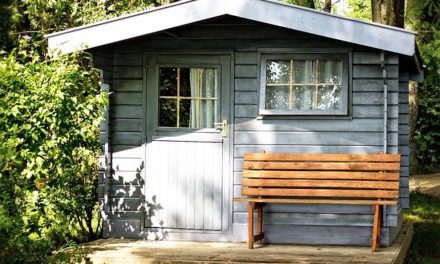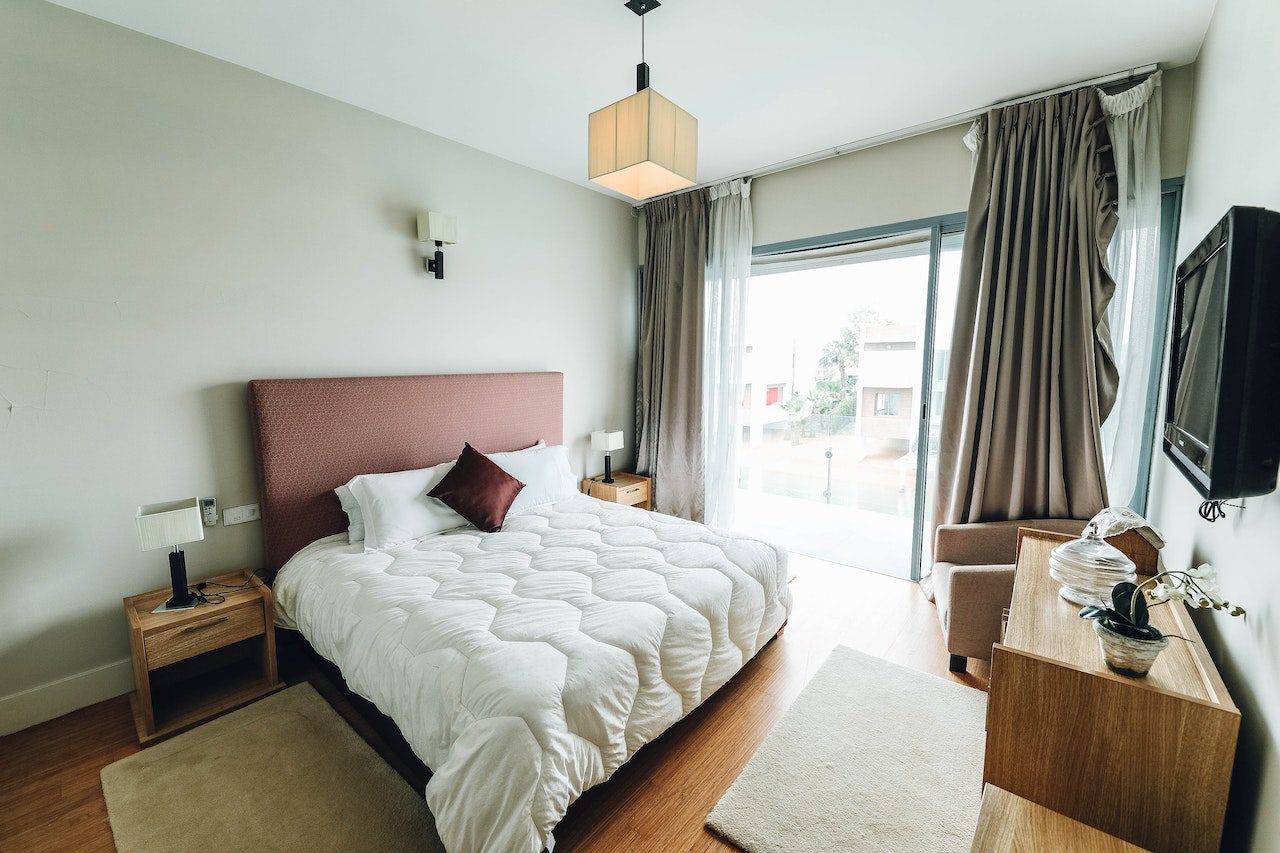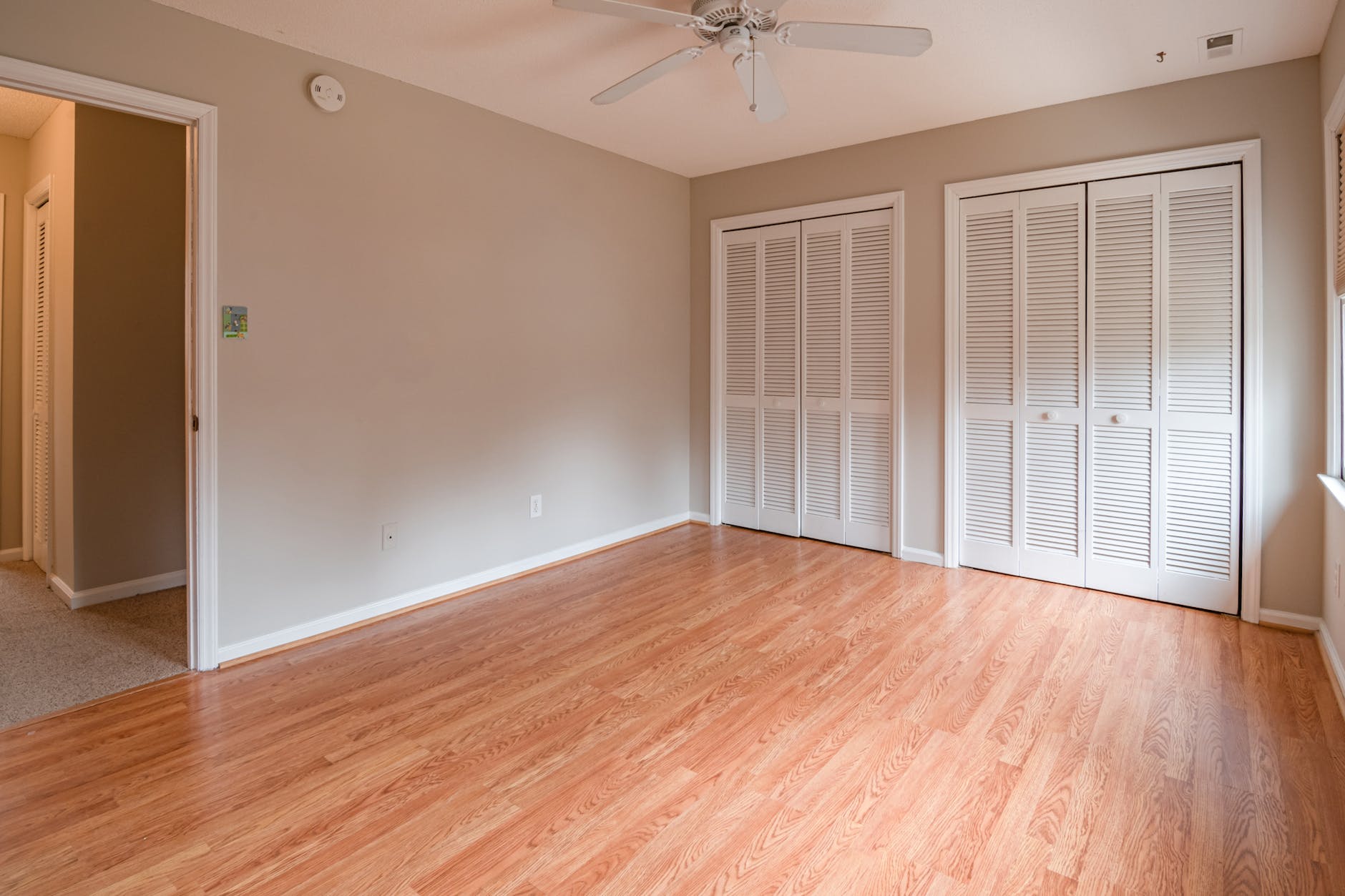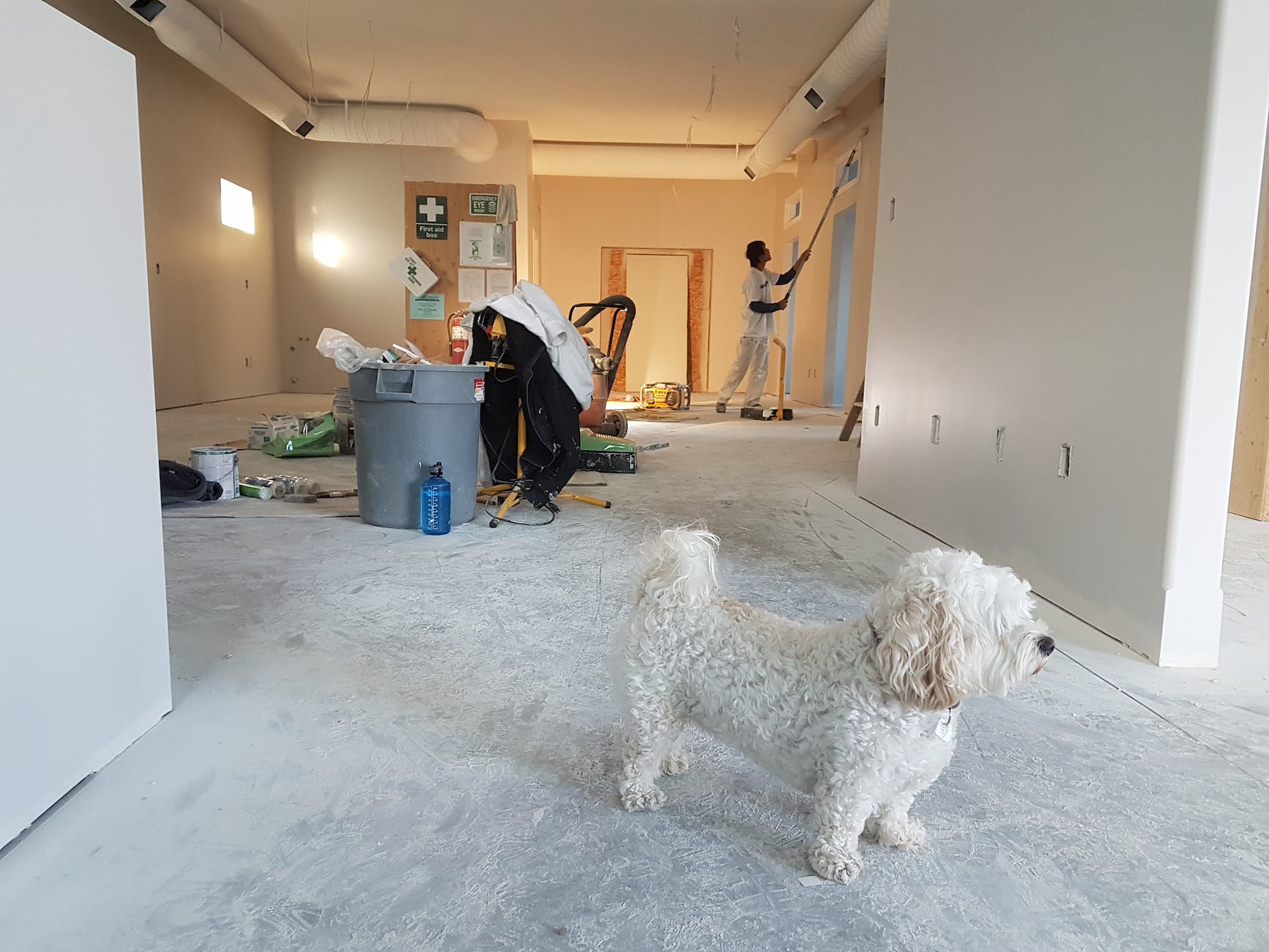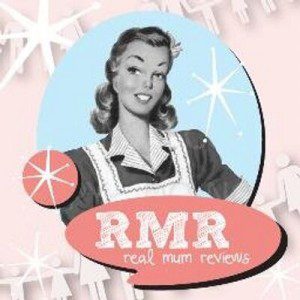
Reverse Mortgage – What is it and how does it work?

#ad – this is a collaborative post.
Have you ever heard of a retirement loan? It is a special loan you can only get after you reach age 62.
You take it out on your home to help you convert the home value to money. Then you can use that money to alleviate the retirement stress you may feel when you no longer have a regular income from working. However, a reverse mortgage can be a bit complicated. You may be wondering what it actually is and how it works. Those answers are provided below.
The Basics of the Reverse Mortgage
Reverse mortgages in the United States originated in New England in the state of Maine in the 1960s. When you apply for a reverse mortgage today, you can get a loan that helps you protect yourself and stay in your home. Unlike a traditional home loan, which can cause you to risk eviction if you miss a payment, a reverse mortgage has no schedule for repayment. Therefore, you cannot miss anything.
One of the biggest changes you may notice if you have previously had a traditional mortgage is a reverse mortgage allows you to receive money each month. A standard loan might require you to pay installments back to your lender each month. Of course, you can also opt to ask for a line of credit or lump sum when you sign a reverse mortgage agreement, if you prefer.
Borrowing Limits Placed on Your Reverse Mortgage
A reverse mortgage does come with borrowing limits you must follow. The federal government uses those limitations to protect borrowers like you, as well as lenders from bad loan agreements. A tool known as a reverse mortgage calculator is used to pinpoint the exact funds available. After you have that calculation, you can outline borrowing terms like how you want to receive your funds with your lender.
Where to Get Your Reverse Mortgage Funds
You can get a reverse mortgage from several sources. However, large, well known banks offering these mortgages are often the most trustworthy. When you do business with those large chain banks, you know you can trust them. Local lenders like credit unions or local banks may also offer such loans. However, you must be careful to avoid potential loan scams from unknown sources, which are quite prevalent.
What Your Reverse Mortgage Can do for You
A reverse mortgage can serve several purposes. For example, it might help you keep your home when you are in danger of losing it by giving you a new source of financial relief. You can also use your reverse mortgage funds for general or acute relief. For example, general purposes for reverse mortgage funds include paying your monthly upkeep costs. On the other hand, you may have an acute need for funds, such as to pay a medical bill. A reverse mortgage can help with that as well.
What the Reverse Mortgage Borrowing Period Is
When you take out a traditional home loan you have something called a borrowing period. It is otherwise known as the duration of the loan. For example, you may obtain a five-year loan. That means you can potentially pay the loan faster, but you must pay it within five years. A reverse mortgage borrowing period is not as rigid. As long as you stay in the home, the balance is not fully due. Therefore, your borrowing period might be shorter or longer than a standard loan’s borrowing period, depending on how long you opt to stay on the property.
Another Notable Reverse Mortgage Aspect to Consider
There are a lot of factors that go into deciding if a reverse mortgage is right for you. Some of the most notable involve your continuing obligations as the homeowner. The property expenses, such as insurance, are still yours to pay. Therefore, your lender may require you to present proof of ability to cover those costs.










